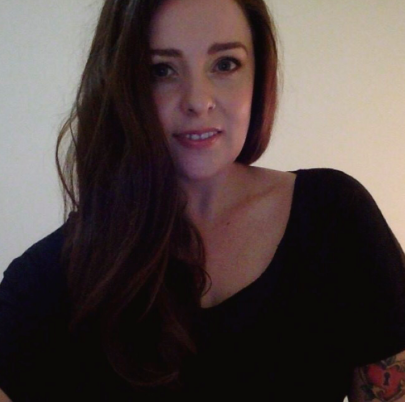
National Safe Work Month – the importance of workplace health and safety training

The annual initiative is a great reminder, and opportunity, for employers and managers to take stock of workplace safety across their organisation.
Are you providing sufficient WHS training for your staff? Are you doing enough to prevent work-related accidents? How committed are you to creating a safe work environment for all employees?
These are the kinds of questions you need to be asking yourself, to ensure you’re being compliant with Australian workplace regulations, while doing the right thing by your employees.
Why Businesses Need Workplace Health and Safety Training
Since Safe Work Australia formed in 2008, there has been a steady decline in the rate of work fatalities and compensation claims across the country.
However, work-related injury and disease still cost the Australian community $61.8 billion in a year – while also obviously resulting in considerable trauma, grief and financial ramifications, for workers and their families.
As Senator Michaelia Cash launched National Safe Work Month 2017 today, she took the opportunity to remind Australians that safe workplaces happen when everyone shares their knowledge and experience about what makes work safe.
“The number of Australians killed at work each year has been steadily declining for a decade,” the Minister for Employment said. “But we cannot afford to be complacent. In fact, safety is an integral part of doing business.”
Let's look at the steps you can take to start creating a safe and healthy workplace for staff, as recommended by Safe Work Australia.
Five Steps to a Safe and Healthy Workplace
Design Safe
First up, think about who is doing the work and if they have the tools, skills and resources they need to do it safely. Well-designed work is inherently safer and healthier because hazards and risks are eliminated before they enter the workplace.
In this step, consider where the work is actually being done, the working environment, and what machines, equipment, materials, substances, vehicles and structures will be used.
Source Safe
Next, make sure the tools and equipment you’ll be using on the job are fit for the purpose.
Are you buying equipment that’s designed for the task, fit for purpose, and suited to your unique workplace? Are you sourcing from overseas and inadvertently importing risks
Use Safe
This step is about making sure that workplace health and safety is a part of your daily conversations. Look out for your workmates and don’t hesitate to stop work if you feel it’s not safe. Has everyone been trained appropriately? Does there need to be a risk assessment? Is personal protective equipment (PPE gear) required and does everyone know how to wear it?
Keep Safe
Keep your eyes open for any damaged or poorly maintained equipment, like broken ladders, split electrical cables and frayed ropes. Similarly, inefficient and outdated systems and equipment can become a hazard to both physical and mental health.
Repeat
This last step is critical – making sure your workplace is safe is a continuous cycle of improvement. As Work Safe Australia says, your safety journey should never end.
And as Minister Cash said at the Safe Work Month launch, we must “continue sharing safety knowledge not only during this important month, but throughout the year, because safety should be an everyday conversation in your workplace.”
Providing WHS Training for Your Staff
With the help of some training to educate your team, you can dramatically reduce the risk of workplace incidents across your organisation. By committing to employee health and safety you’ll also be lowering the chance of financial implications for your business.
For more insights, be sure to subscribe to the Go1 newsletter to stay on top of all the latest L&D trends. Or, you can book a demo today to find out how Go1 can help with your team’s learning needs.




